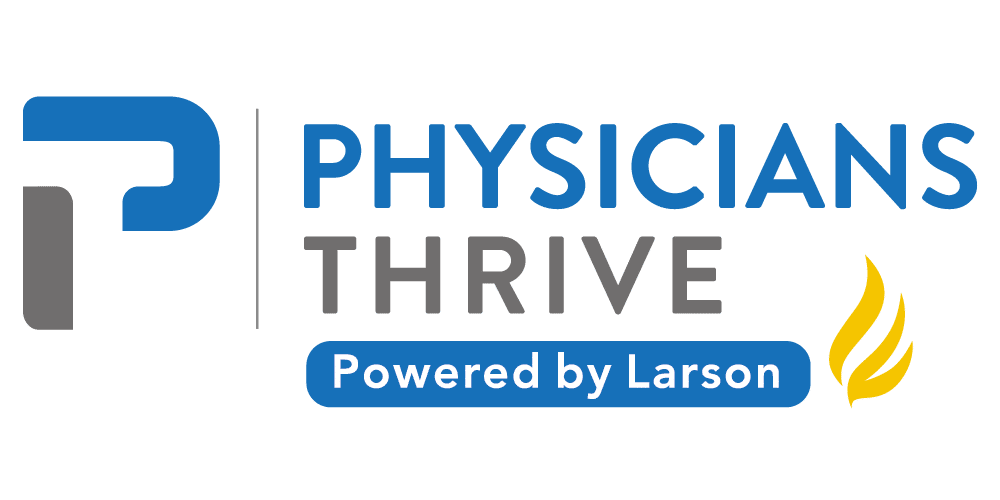The new year is bringing major tax changes for some physicians, as the Setting Up Every Community for Retirement Enhancement (SECURE) Act takes effect. For instance, they passed the SECURE Act into law in December 2019 as part of the new government spending package, and it contains legislation intended to make retirement planning more accessible, simple, and affordable for many American workers.
Additionally, the SECURE Act has mixed reviews from financial advisors. Moreover, most experts approve of increasing the age for required minimum distributions and applaud provisions designed to help small businesses implement retirement plans. However, some aspects of the legislation could be an unpleasant surprise for beneficiaries counting on income from inherited IRAs and 401(k)s.
Therefore, with key changes affecting 529 plans, small business owners, part-time employees, as well as IRA and 401(k) holders, it’s important to understand how the SECURE Act may affect physician financial planning.
Key Changes
Accordingly, taxpayers can now wait until age 72 to begin withdrawing IRA and 401(k) assets.
- The rule has increased the age for required minimum distributions (RMDs) from age 70 ½ to 72.
- As taxpayers are retiring later and living longer, this change is intended to help retirees avoid outliving their savings.
Assets from inherited IRAs and 401(k)s must now be withdrawn within ten years of the original owner’s death.
- Prior to the SECURE Act, beneficiaries who inherited IRAs or 401(ks) could stretch the account’s required minimum distribution over a lifetime to provide a long-term source of income.
- Under the new rule, affected beneficiaries must deplete all assets from inherited IRAs and 401(k)s and accept the resulting tax burden in a much shorter period of time.
- Certain beneficiaries are exempt from this rule, including spouses, minor dependents, and chronically ill or disabled beneficiaries.
Moreover, small business owners who start workplace retirement plans are eligible for a tax credit of up to $5,000.
- The tax credit supports start-up costs for workplace retirement plans for businesses with 100 employees or less.
- Qualifying small businesses can receive a tax credit of $500-$5000. An additional $500 tax credit is available to businesses that offer automatic enrollment.
- The new rule aims to improve access to work-based retirement programs for private-sector employees.
The open Multiple Employer Plan (MEP) allows unrelated small businesses to offer collective work-based retirement plans
- Under the new rule, completely separate businesses can pool employees to offer a workplace retirement plan from a single provider.
- Previously, MEP’s could only form by businesses that shared a common owner. Now, any small business can form a MEP.
- The rule hopes to make it easier and more affordable for small businesses to offer retirement plans. By allowing the financial and administrative burden to be shared among multiple employers.
Further, other notable changes under the SECURE Act:
- Parents can now make penalty-free withdrawals of up to $5,000 from 401(k)s and IRAS upon the birth or adoption of a child.
- 529 plan holders can make tax-free withdrawals from 529 funds to repay up to $10,000 in student loan debt.
- Part-time employees can now enroll in workplace retirement plans. To be eligible, employees must have worked 1,000+ hours within the year or have worked 500+ hours over 3 consecutive years.
The Takeaway
In total, the SECURE Act contains 29 different provisions with varied implications for different savers, beneficiaries, retirees, and employers. For some physicians, the reforms could throw a serious wrench into inheritance planning. While for others it presents exciting new tax-advantages. To understand how and if the SECURE Act will affect your financial, tax and retirement planning, it’s important to meet with a financial advisor.
Whether or not the SECURE Act impacts your financial future, there is an important lesson to be learned from the new law’s sweeping changes: Therefore, when it comes to retirement planning and tax policy, there is no guarantee. Changes within government policy can entirely upend even the best laid financial plans. You can plan for your financial future for decades according to one set of rules. Only to have Congress change the rulebook right before you retire.
Finally, while this uncertainty is disconcerting for responsible savers, it underscores the importance of informed, up-to-date, and adaptable financial planning. Staying on top of every change to investing, tax policy, and retirement planning requires significant time and attention. For this reason, every physician should work with a financial planner to stay current with all relevant federal and state policy reforms.
To learn more about how the SECURE Act could affect physicians, talk with one of our trusted financial advisors today.
Get Physician Specific Financial Planning
Work with advisors that know physicians.
Get Financial Planning
Need help with something else?
Get Free Disability Insurance Quotes
Get Your Contract Reviewed








































